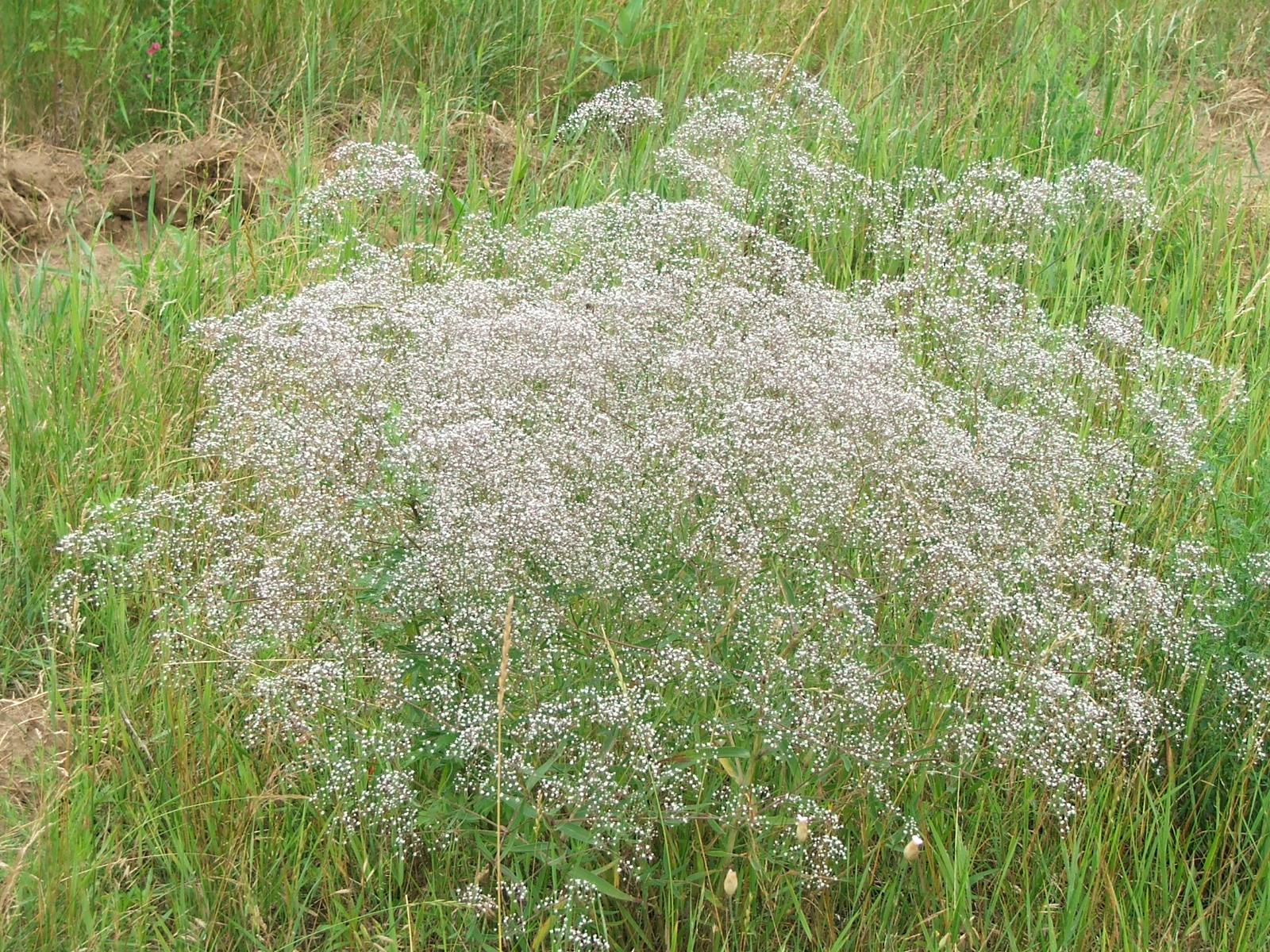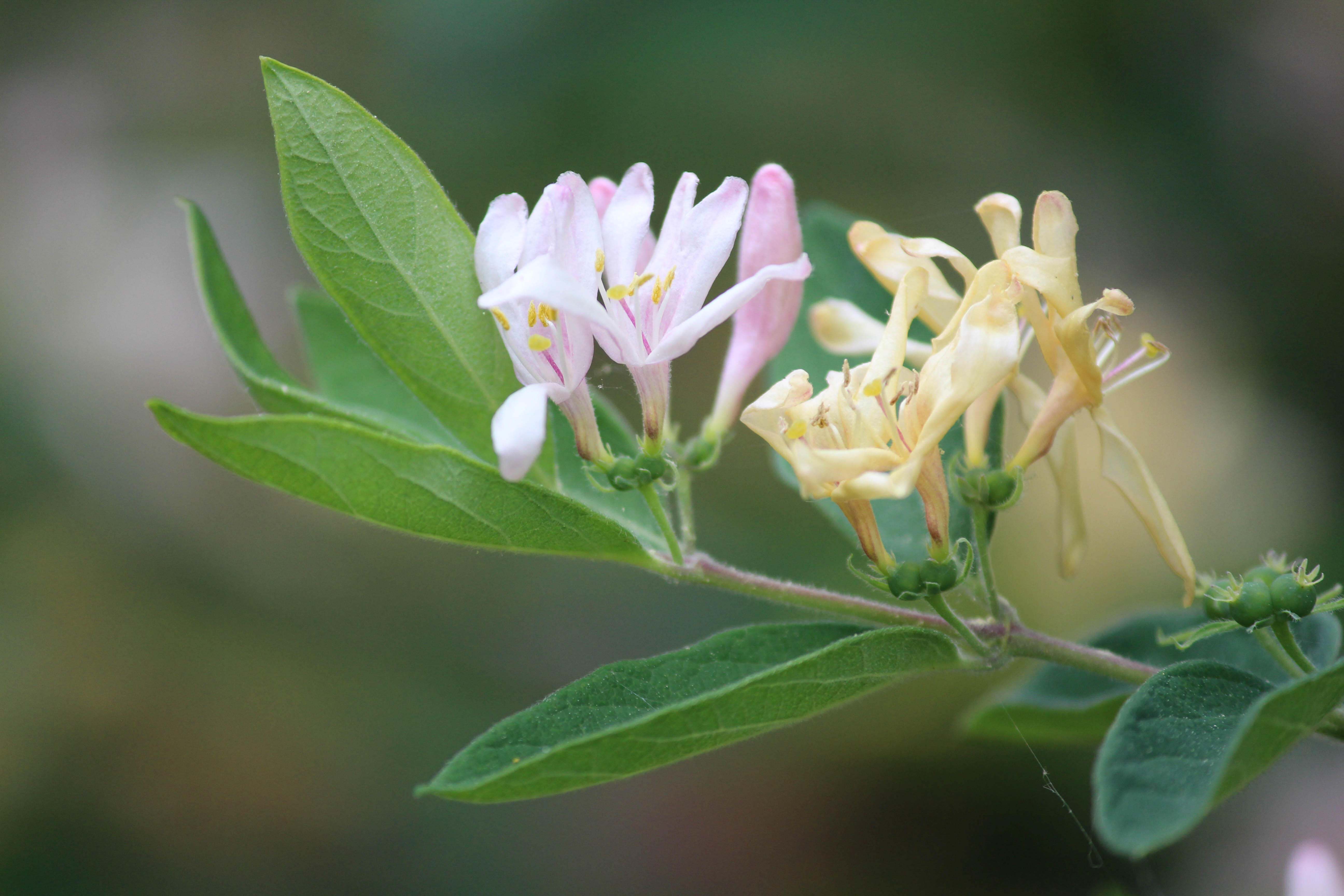You never know who you could be talking to on this campus. Is it an expert in nuclear fusion or perhaps the person who wrote the textbook for your molecular biology class? Anyway, I’m not one of those people. I never took a plant identification class and I only started learning any plant names after college. So when I took to the wilds of the web to buy wildflower seeds, I expected that the purveyors would have experts on board, and that if I saw a plant I knew to be invasive - ahem, ahem, baby’s breath aka gypsophila paniculata - listed in the seeds for NATIVE MICHIGAN WILDFLOWERS that it was probably I who was wrong. That’s simply not so. If it were only one mix, then I might have been more confident, but company after company listed plants like baby’s breath and lupine (which is a native plant, but can be easily displaced by the Western polyphyllus variety) in their wildflower mixes created specifically for Michigan and so I trusted them.

Baby's Breath in sandy habitat. Image from Gypsophila paniculata Wikipedia page.
Luckily, however, this year has been a great one for collaboration and cross-fertilization across campus initiatives and by chance I was invited by the Bee Campus Committee to collaborate on seed dumplings during the spring plant sale held by Campus Farm. Lindsay Gooch from Resilient Grounds provided the soil and binder (in this case old flour) and I brought seeds. The seeds that I brought were a varied collection - some had been donated by the native plants group within Matthaei, some I’d collected from dried flower heads around campus, some echinacea had been anonymously donated in an old business envelope, and some had been purchased by our U-M Seed Library for previous seed dumpling making events. Thankfully, Alyson Oostdyk, who works with U-M Grounds on their native plants checked out the seed list on the back of the package and noted the invasives. I told her that I’d wondered about that, but since it was a mix from a source that should’ve been a trusted vendor, I thought I was wrong. I knew though that Alyson, who received her Master’s in Landscape Architecture from SEAS, was an expert, so if anyone was wrong it was those pesky seed sellers. Alyson agreed that a lot of seed mixes in stores and online sell invasives. She shared that there are some sellers that she trusts, like Prairie Moon, but that, for the most part, you always have to check the label. What she didn’t say, but what I took away, was that you also have to trust yourself.

Amur honeysuckle (Lonicera maackii) is an example of an invasive species in Michigan.
I’m a library staff member with a humanities degree. As noted, I never took a botany class or otherwise officially studied plants in my life. I have, however, been a gardener for many years now. I would never and could never think of myself as a gardening expert - the world of plants is endless and I’m no good with latin names or taxonomy - but there are some things you pick up along the way. One of those things is names of invasive species: garlic mustard, buckthorn, baby’s breath, sweet alyssum, purple loosestrife, (non-native) honeysuckle, English ivy, butterfly bush, Bradford pear and Japanese barberry. These are all plants I’ve been warned of by other plant enthusiasts; some I wanted to add to my own garden before learning about their colonizing nature. The point, though, is that I know these plants and their names enough to know better. Just because a well-known store or nursery is selling this plant in Michigan or adding some seeds to a mix (why are they doing this!?! They can’t just be evil! Is it that much cheaper!?!) it doesn’t mean that I should trust them. Capitalism isn’t based on trust. What I am being sold has nothing to do with the health of me or the eco-system and it’s up to me to find out what is. So, trust yourself. And for those who made seed dumplings with us previously - I am so sorry and I deeply apologize! I should’ve trusted myself.
—
East Quad Garden Entrance
If you’re looking for a hands-on way to learn about native plants, you’re welcome to join LSA Sustainability’s native planting event Hands in the Dirt! 3.0 on Tuesday, June 24th from 9-11am.
East Quad Garden (East University St. @ Hill St.) is also looking for volunteers to help with their pasta garden! Volunteer drop-in hours are Wednesdays 12-1pm, from June 11 - August 20 or contact Mike Zhai or Ray Wetzel for more info.
If you’re a staff member who’s seeking a like-minded plant community, consider joining LSA’s Native Plant SIG run by Benjamin Firestine.
And if you’d like to be more involved outside of the university, Seeds to Community, Wild Ones Ann Arbor and Refugee Garden Initiatives are just some of the community groups that have shared their expertise with us in ways such as seeds, time, and community creation.
Finally, we'll have regular seed packaging sessions for the U-M Seed Library throughout the summer. You can help package seeds, craft a zine for the vending machine, hang out and read or do your own craft. All who want to share about plants and contribute to the U-M Seed Library are welcome. (Mondays, 6/16, 7/7, 7/21, 8/4, 8/18 3:30-5:30pm in the Shapiro Gallery)
Remember, you know a great deal already, even if we all have a great deal more to learn.